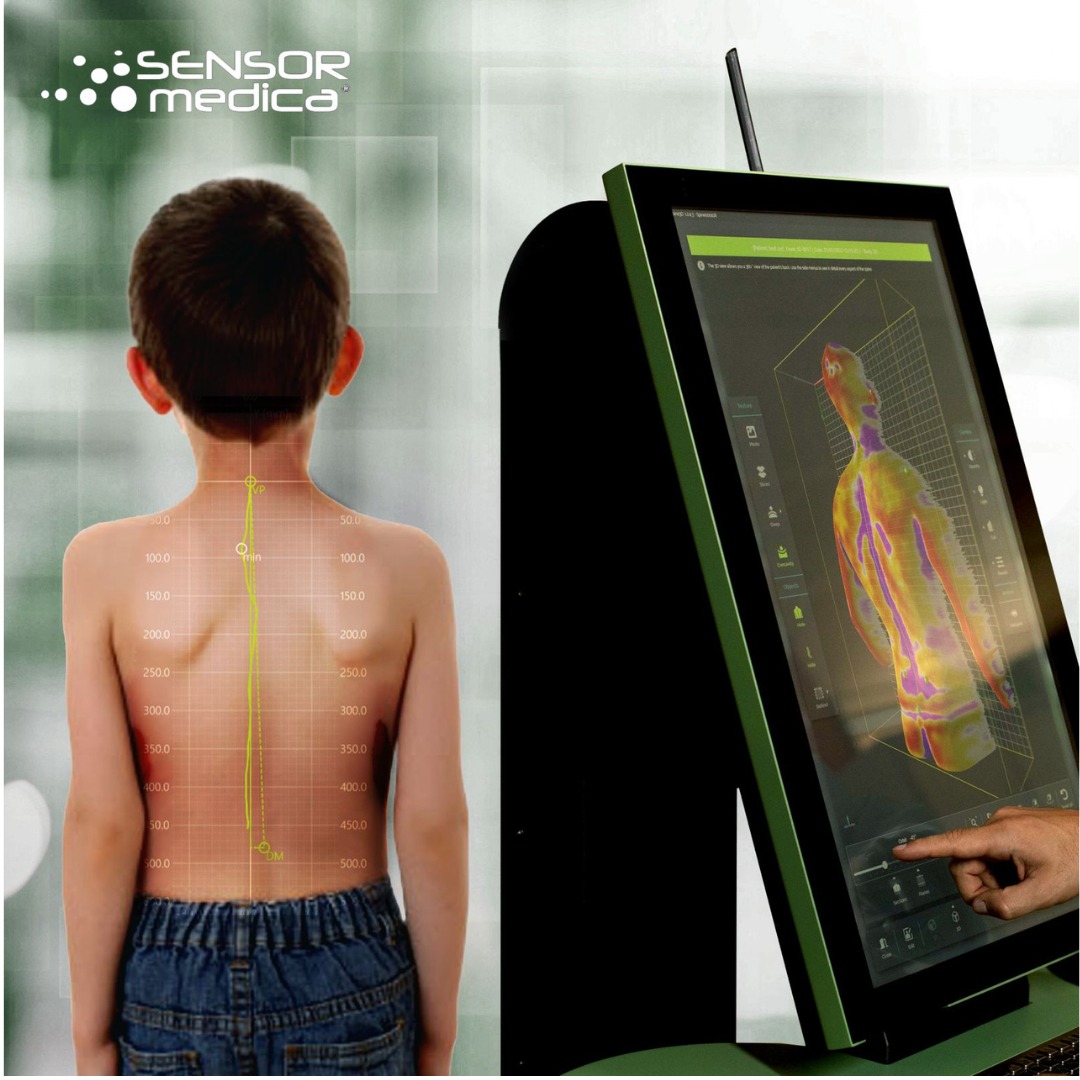
Cervical Radiculopathy and Cervicobrachialgy
In the last article we started to talk to you about cervicobrachialgy, what it is, what the symptoms are, what the causes may be. Today we continue to delve into the subject, going to see how cervical radiculopathy can affect it and, above all, what it depends on.
Cervical Radiculopathy
Let’s start by clarifying terminology. What do we mean, without getting too much into medical jargon, when we talk about radiculopathy? Radiculopathy is a pathological condition affecting the spinal nerve roots and their extensions, resulting in the involvement of the body’s motor and sensory functions. When we talk about cervical radiculopathy we are clearly referring to a specific area of our body.
We have seen how cervicobrachialgy can be caused by other pathologies. One of these is cervical radiculopathy. Why does cervical radiculopathy cause cervicobrachialgy? As we have already seen, when we speak of radiculopathy we refer to a pathology that affects the roots of the spinal nerves and their extensions, by means of compression. This compression has the effect of altering the motor and sensory functions of these structures.
Compression of the spinal nerves is very frequent and we easily encounter it when we talk about herniated discs (to give an example known to all), with the nucleus pulposus coming out of the intervertebral fibrous annulus (peripheral scaffolding, whose fibres are arranged in regular concentric layers that cross each other. It contains and protects the central nucleus and gives the disc great resistance to compression) exerting pressure on the nerve structures exiting the invertebral holes, resulting in irritation. The tract affected is the one that runs from the last cervical spinal nerves (C5, C6, C7, C8) and the first thoracic (T1) which controls precisely the sensory capacity of the area we are analysing: shoulder, arm (up to the hand). From the brachial nerve derives a series of very important nerves: ulnar nerve, radial nerve, axillary nerve…
What causes cervical radiculopathy
There are many causes that lead us to suffer from cervical radiculopathy (and therefore cervicobrachialgy), and among these we can certainly mention cervical arthrosis and rheumatoid arthritis. However, it can also depend on osteophytes (growths that form at the level of the joints) at cervical level or congenital malformations. But also, more commonly a cervical hernia or neoplasms of the spine.

In the next article, again on cervicobrachialgy, we will look in detail at the consequences of chest tightness syndrome, what it is and how it causes cervicobrachialgy.
And always remember that no pain should ever be neglected: see your family doctor and be referred to the specialist who can best help you.






